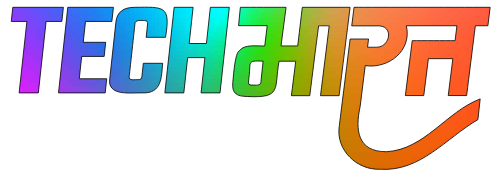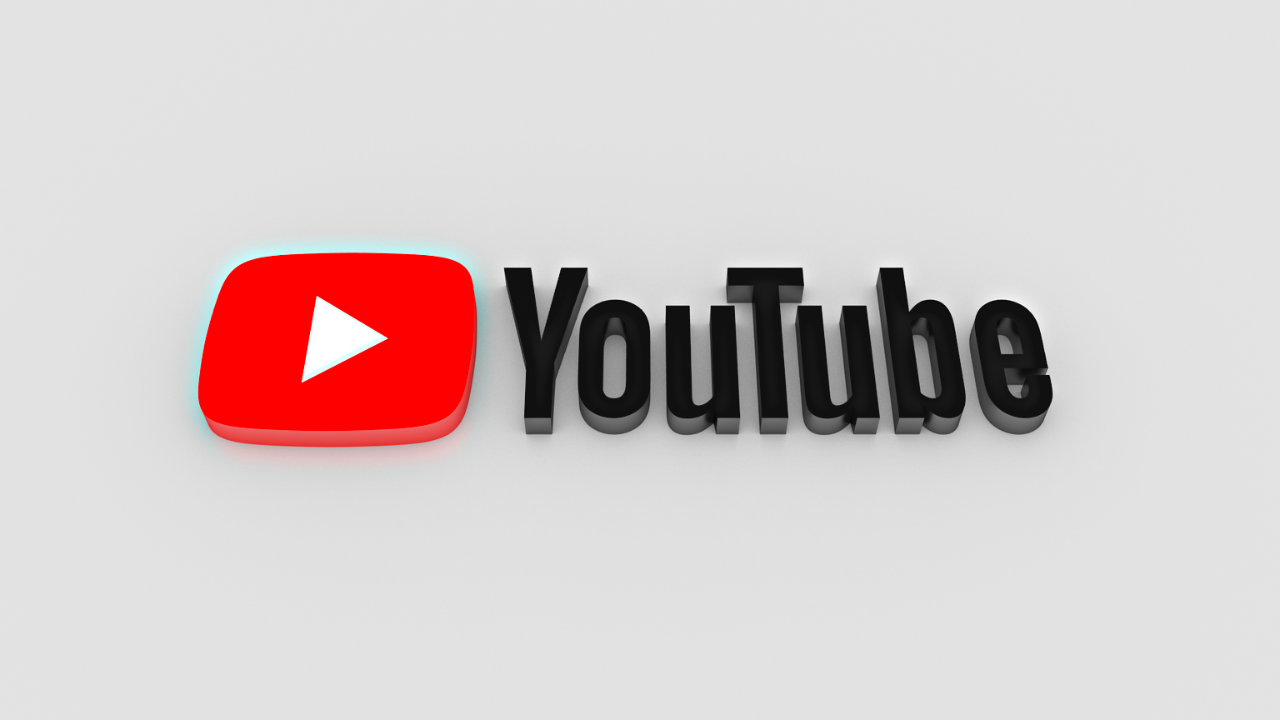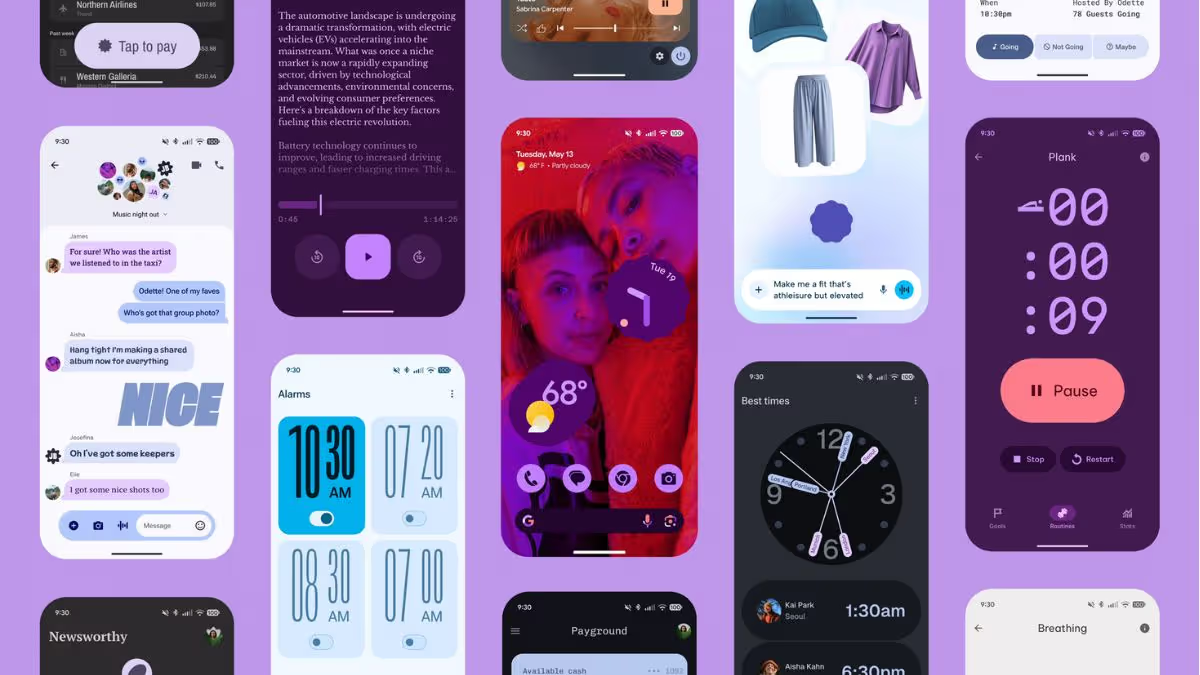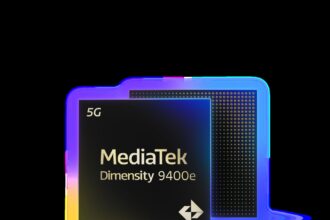YouTube is democratizing content accessibility with a significant expansion of its auto-dubbing feature. Now available to hundreds of thousands of creators in the YouTube Partner Program, this AI-powered tool automatically translates and dubs videos, initially focusing on channels specializing in knowledge and information. This move promises to connect creators with a wider global audience by overcoming language barriers.
A New Era of Accessibility
First unveiled at VidCon last year, the auto-dubbing feature was initially limited to a select group of creators. This broader rollout signals YouTube’s commitment to fostering a more inclusive platform where content transcends linguistic differences. By automating the dubbing process, YouTube empowers creators to reach viewers who may not understand their native language, thereby increasing engagement and expanding their viewership.
How to Leverage Auto-Dubbing
- Seamless Integration with Existing Workflow:
Creators can upload videos as they normally would. YouTube’s intelligent system automatically identifies the video’s language and generates dubbed versions, streamlining the process and minimizing extra effort for creators.
- Maintaining Creative Control:
While automation is at the heart of this feature, creators retain control over the final output. Through YouTube Studio, creators can access the “Languages” section to review, unpublish, or delete any dubbed versions that don’t align with their quality standards.
- Simple Activation:
To determine if your channel has access to auto-dubbing, navigate to “Advanced Settings” within YouTube Studio. Creators can also opt to review generated dubs before publishing, ensuring alignment with their creative vision.
Bridging the Language Gap
YouTube acknowledges that the technology is still evolving. While striving for accuracy, there might be instances where the translation or dubbed voice may not perfectly capture the nuances of the original content. However, this innovative tool represents a significant step towards breaking down language barriers and promoting cross-cultural understanding.
Expanding Linguistic Horizons
Currently, the auto-dubbing feature supports dubbing English videos into French, German, Hindi, Indonesian, Italian, Japanese, Portuguese, and Spanish. Conversely, videos in these languages can be dubbed into English. This bidirectional approach facilitates content exchange between English-speaking audiences and those who speak these widely used languages.
Empowering Viewers
Viewers can easily identify auto-dubbed videos through the clearly visible “auto-dubbed” label. Additionally, the track selector enables viewers to seamlessly switch between the dubbed and original audio, providing flexibility and choice.
The Road Ahead
YouTube’s commitment to refining this technology is evident in its ongoing collaborations with Google DeepMind and Google Translate. By leveraging their expertise, YouTube aims to enhance the auto-dubbing feature, making dubs more accurate, expressive, and natural, further blurring the lines between languages and fostering a truly global community.



















